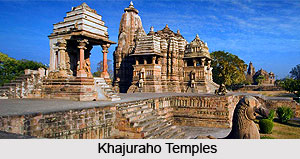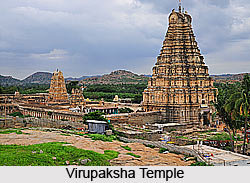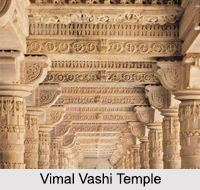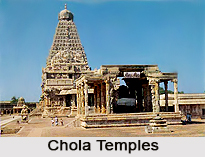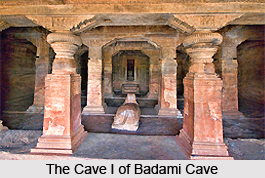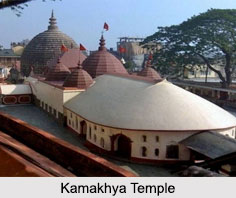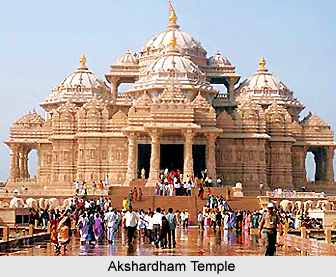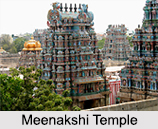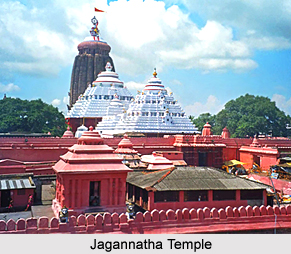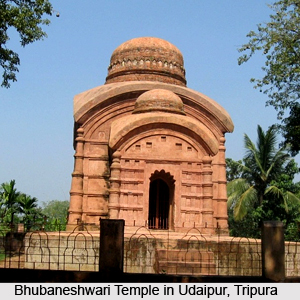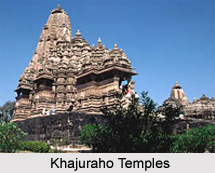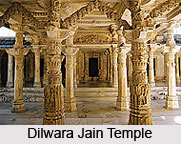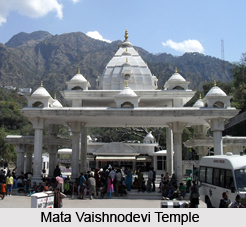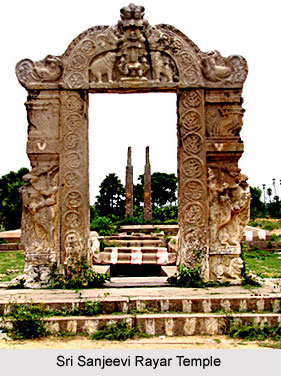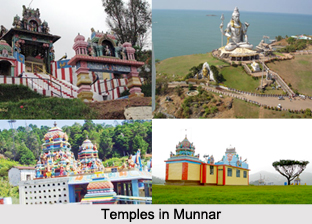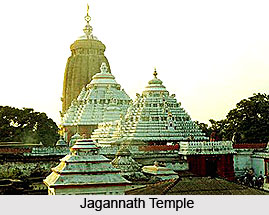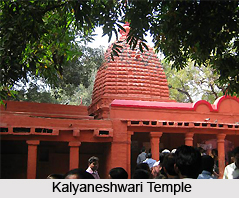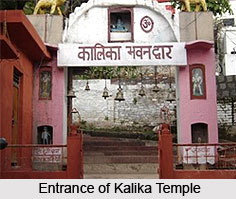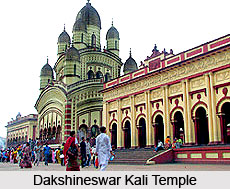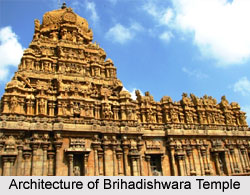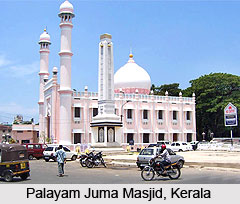 Palayam Juma Masjid is also referred to as `Masjid-I Jahan-Numa` or `World Reflecting Mosque` and is the chief mosque of the region of Trivandrum in the southern Indian state of Kerala. It is also known as `Palayam Pally` of Trivandrum and is a mosque which witnesses the congregation of innumerable devotees, which is the reason why it is termed as Juma Masjid. The renowned celebrity Kamala Suraiyya or Madhavikutty or Kamala Das was buried inside the premises of this mosque. Palayam Mosque is believed to be amongst the most significant mosque of Thiruvananthapuram. A Christian church and a Hindu temple are existent in the close neighbourhood of Palayam Mosque, and is therefore a unique symbol of communal harmony in the state of Kerala.
Palayam Juma Masjid is also referred to as `Masjid-I Jahan-Numa` or `World Reflecting Mosque` and is the chief mosque of the region of Trivandrum in the southern Indian state of Kerala. It is also known as `Palayam Pally` of Trivandrum and is a mosque which witnesses the congregation of innumerable devotees, which is the reason why it is termed as Juma Masjid. The renowned celebrity Kamala Suraiyya or Madhavikutty or Kamala Das was buried inside the premises of this mosque. Palayam Mosque is believed to be amongst the most significant mosque of Thiruvananthapuram. A Christian church and a Hindu temple are existent in the close neighbourhood of Palayam Mosque, and is therefore a unique symbol of communal harmony in the state of Kerala.
History of Palayam Juma Masjid
The Palayam Juma Masjid was erected during 1813 AD, during the time of establishment of the British Indian Second Regiment in this part of the country. The Masjid was originally a tiny mosque or `Pattalappalli` which possessed a vast open space for `Eid` prayers to be held. In the year 1824, the sixth regiment of British officers was established here during when the official documents of the mosque were entrusted with the `Muazin` by British officers. Certain modifications were added to the mosque during 1848 after the arrival of the sixteenth regiment of the Havildars and Jamadaars. The renovations included the creation of an entrance gate and arrangements for the preservation and maintenance of the mosque. The mosque is 200 years of age.
The current-day appearance of the Palayam Juma Masjid has been brought about by wealthy businessmen and government officials of Trivandrum, particularly during the 1960`s. It had been performed under the supervision of Imam Moulavi Sheikh Abul Hassan Ali Noori and Qazi. In the year 1967, the President of India, Dr. Zakir Hussain had inaugurated the Juma Masjid. A freedom fighter and scholar named Sheikh Abul Hassan Ali Noori was the very first `Imam` of Palayam Juma Masjid who had delivered his services from 1959 till 1979. It was under his leadership that the mosque gained an elevated status than it was when it was termed as a pattalappalli.
